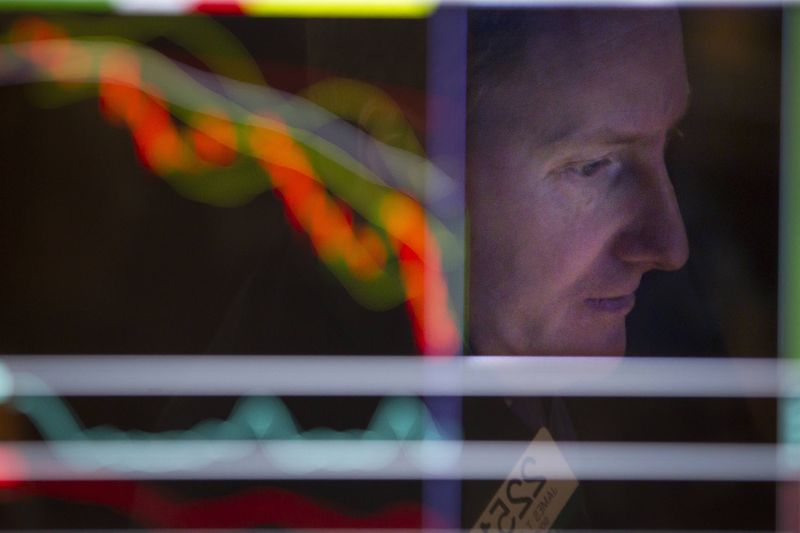* Sterling hits 31-year low as dollar compounds Brexit woes
* European bourses spring higher as Deutsche Bank bounces
* Strong US factory data bolsters dollar ahead of jobs report
* Australian central bank holds steady as expected
* Oil gives back some of Monday's gains
By Marc Jones
LONDON, Oct 4 (Reuters) - Britain's pound slumped to a three-decade low on Tuesday as its Brexit worries were compounded by a revitalised dollar, boosted by resurgent U.S. interest rate hike expectations.
Sterling dropped to its weakest since 1985, hit by a growing sense that the UK may be heading for a 'hard' Brexit where it severs links to the EU's single market in favour of total control over immigration. construction data nL9N15P01Q couldn't prevent another 0.5 percent fall for the pound as it extended Monday's heavy tumble to wallow at $1.2764 GBP=D4 and a three-year low of 87.51 pence per euro EURGBP=D4 .
"It is now abundantly clear that access to the single market is not on (UK Prime Minister) Theresa May's list of top priorities and the market is realising that... there is more pressure for the pound in the weeks and months ahead," said UniCredit's Global Head of FX Strategy, Vasileios Gkionakis.
London's FTSE .FTSE cheered the idea of a weaker pound boosting firms' exports though as it rose 1 percent. Europe's bourses all rose, with a 3.2 percent jump from embattled Deutsche Bank DBKGn.DE also helping the mood.
Asian shares had finished higher too. Japan's Nikkei leading the way with a 0.8 percent gain after an upbeat U.S. manufacturing survey bolstered the dollar and lowered the yen. JPY=
Royal Bank of Canada said the data was helping stabilise its economic surprise index after a two-month run of negative surprises. Futures markets are now pricing in a more than 60 percent chance the Fed inches up U.S. interest rates before the end of the year.
The dollar index, which tracks the currency against a basket of six major peers, hit a near 2-week high as it added 0.3 percent to 95.970 .DXY . It was last at 102.495 yen JPY= and worth $1.1171 per euro. EUR=
The main economic indicator this week is Friday's nonfarm payrolls report. Employers are expected to have added 170,000 jobs in September, according to the median estimate of 59 economists polled by Reuters. ECONUS
GOLD LOSES SHINE
Bond markets were mixed, with U.S. Treasuries steady at 1.62 percent after two days of rises, UK Gilt yields GB10YT=RR nudging up to 0.75 percent and southern euro zone yields squeezed higher as Italy announced it was selling its first 50-year bond. GVD/EUR
Among commodities, crude oil futures took a breather following sharp gains overnight as Iran urged other oil producers to join OPEC in supporting the market. O/R
U.S. crude CLc1 was down 0.6 percent at $48.52 a barrel after closing up 1.2 percent on Monday. Brent LCOc1 was down 0.4 percent at $50.68 after gaining 1.4 percent overnight.
Gold fell to its lowest in over two weeks meanwhile, as the dollar's strength dulled its appeal, leaving it as low as $1,307.15. GOL/
"Despite the fact that we saw different types of crisis from Deutsche Bank to Brexit, we can see that prices haven't gone beyond the resistance at $1,350," said Mark To, head of research at Hong Kong's Wing Fung Financial Group.
"It is a pessimistic sign that even the speculators could not capitalise on the so-called bad news."
Elsewhere, Australia's dollar AUD= barely budged and its main share market .AXJO ended 0.1 percent higher after Australia's central bank kept its main interest rate at 1.5 percent after cuts in May and August. think the case for no more cuts is strengthening," said Paul Bloxham, chief economist Australia at HSBC. "Economic growth is strong, commodity prices have risen, and the drag from the mining investment decline is set to fade."
